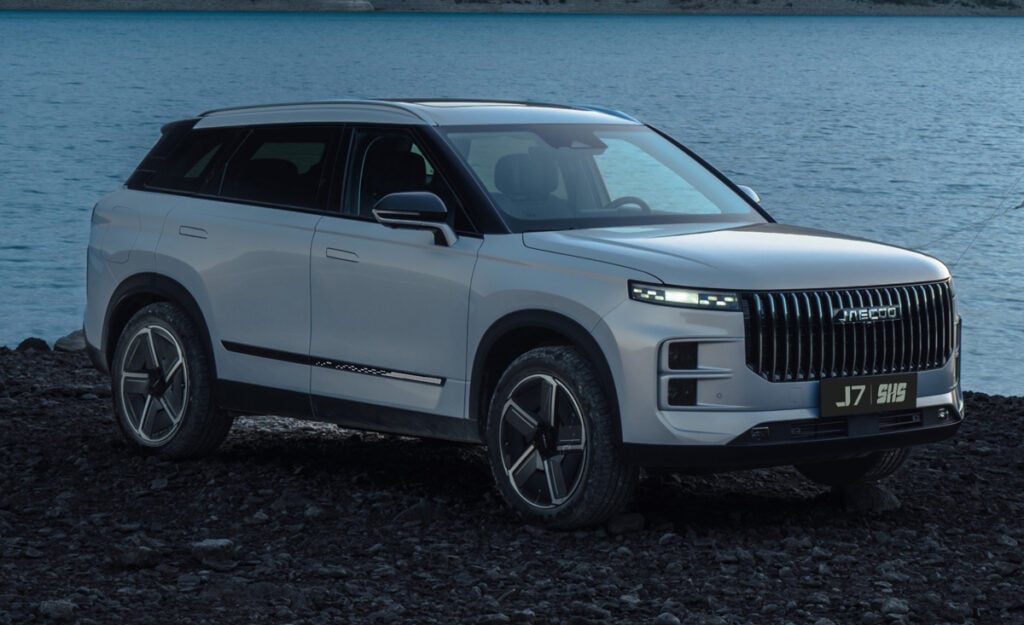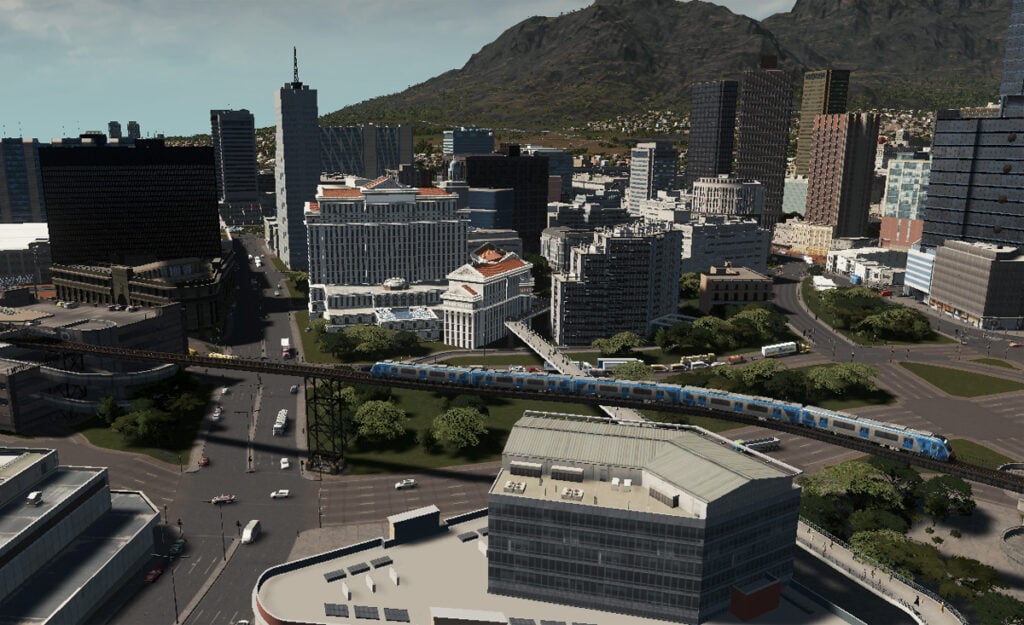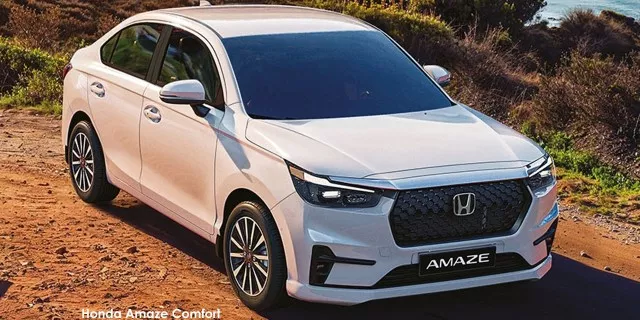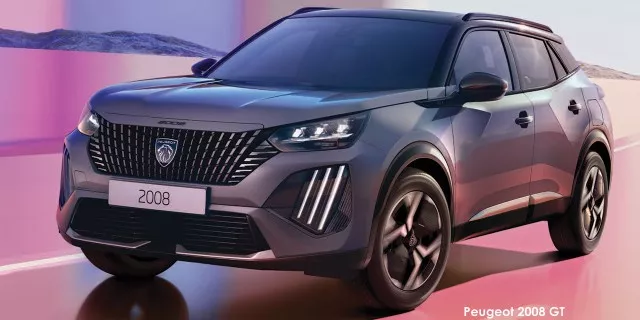How much more you’re spending on car payments in 2023 vs 2021

South Africans are spending significantly more on car instalments per month in 2023 than they were two years ago as a result of numerous and sharp interest rate hikes during this time.
The most recent increase took place in May 2023, when the South African Reserve Bank’s (SARB’s) Monetary Policy Committee hiked the country’s interest rates by another 50 basis points, taking repurchase rates to 8.25% and the prime lending rate to 11.75%.
This is the tenth-consecutive increase in the current cycle, with the total adjustment being 475 basis points since the hike cycle started in November 2021, according to BusinessTech.
Consequently, lending rates are at their highest point in 14 years, as the previous peak occurred in 2009 in the wake of the global financial crisis, making it that much harder for consumers to afford finance agreements on their homes and vehicles.
“The compounding effects of interest rate increases on car, home, credit card, and other debt repayments are beginning to weigh heavily on consumers,” said WesBank.
How much more you’re paying
In November 2021, the prime lending rate was 7% which meant that a R250,000 car such as a Renault Kiger Zen could be paid out over a 5-year/60-term agreement at a monthly cost of R5,043.
If you were to buy the same car today at the current rate of 11.75%, you would be paying R5,625 per month, which works out to an increase of R582, or 11.5%.
You can find a breakdown of the increased payment costs for various vehicle price points below:
| Car value | November 2021 (7%) | May 2023 (11.75%) | Difference |
|---|---|---|---|
| R200,000 | R4,053 | R4,519 | + R466 |
| R300,000 | R6,033 | R6,731 | + R698 |
| R400,000 | R8,013 | R8,943 | + R930 |
| R500,000 | R9,994 | R11,155 | + R1,161 |
| R600,000 | R11,974 | R13,367 | + R1,393 |
| R700,000 | R13,954 | R15,579 | + R1,625 |
| R800,000 | R15,934 | R17,790 | + R1,856 |
| R900,000 | R17,914 | R20,002 | + R2,088 |
| R1,000,000 | R19,894 | R22,214 | + R2,320 |
| R1,100,000 | R21,874 | R24,425 | + R2,551 |
| R1,200,000 | R23,854 | R26,637 | + R2,783 |
| R1,300,000 | R25,834 | R28,849 | + R3,015 |
| R1,400,000 | R27,814 | R31,061 | + R3,247 |
| R1,500,000 | R29,794 | R33,273 | + R3,479 |
The monthly rate change is only half of the story though, as even a seemingly small change to your instalments can have an exponentially large impact on the amount of interest you will ultimately pay back over the period.
This is how much more you will end up paying as a result of a 4.75% interest rate hike:
| Car value | November 2021 (7%) | May 2023 (11.75%) | Difference |
|---|---|---|---|
| R200,000 | R41,981 | R69,954 | + R27,973 |
| R300,000 | R60,788 | R102,664 | + R41,876 |
| R400,000 | R79,595 | R135,374 | + R55,799 |
| R500,000 | R98,403 | R168,084 | + R69,681 |
| R600,000 | R117,210 | R200,794 | + R83,584 |
| R700,000 | R136,017 | R233,504 | + R97,487 |
| R800,000 | R154,824 | R266,214 | + R111,390 |
| R900,000 | R173,631 | R298,924 | + R125,293 |
| R1,000,000 | R192,439 | R331,634 | + R139,195 |
| R1,100,000 | R211,246 | R364,344 | + R153,098 |
| R1,200,000 | R230,053 | R397,054 | + R167,001 |
| R1,300,000 | R248,860 | R429,764 | + R180,904 |
| R1,400,000 | R267,677 | R462,473 | + R194,796 |
| R1,500,000 | R286,474 | R495,183 | + R208,709 |
It’s also important to note that the cost of vehicle ownership is not just limited to the purchase price of the vehicle, as motorists will need to factor in additional expenses including insurance, fuel, and maintenance costs which have all risen during this period as well.
Impact on the car industry
In an interview with Newzroom Afrika, Asif Hoosen, the head of retail for Audi South Africa, talked about how the steep rise in interest rates is affecting motorists.
The Covid-19 pandemic created a lot of pent-up consumer demand as people put off buying new cars during lockdown, which then resulted in a supply issue where automakers could not meet the sudden return of pre-pandemic demand levels.
The constricting vehicle supply raised prices, creating an affordability issue for customers, and the steep interest rates of the last two years have exacerbated these concerns.
Adding to the problem is the fact that demand for cars is so high at the moment that even the used market is struggling to keep up when it should normally provide an outlet for people to buy cars during difficult economic times.
In some situations, people have been able to sell their second-hand cars at a higher price than its original purchase cost, said Hoosen.
While this all paints a bleak picture for those looking to obtain a new set of wheels, Hoosen expects the used-car market to recover in the second half of the year, which should hopefully bring prices down.









